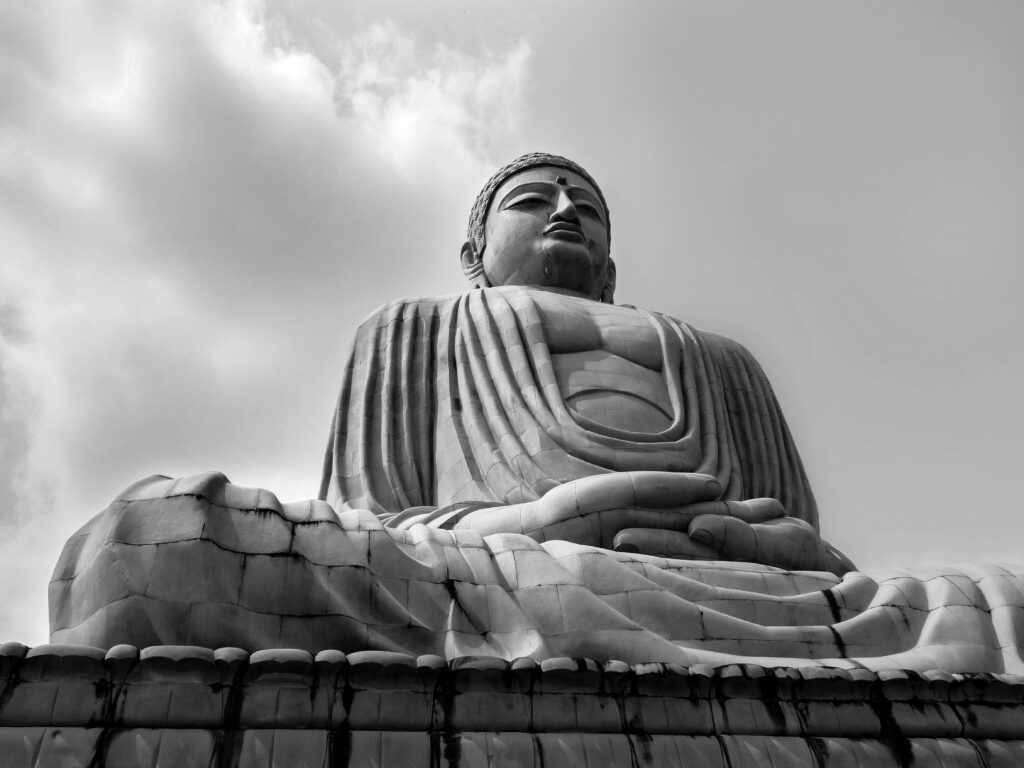Gaya: The Spiritual Heart of Bihar and Gateway to Enlightenment

Introduction:
Nestled along the banks of the sacred Falgu River, Gaya is one of India’s most revered spiritual destinations. Located in the southern part of Bihar, Gaya is a city where faith, history, and culture intersect. From the ancient rituals of Pind Daan to the serene enlightenment of Bodh Gaya, this city is a powerful symbol of devotion, peace, and heritage.
Gaya in Hinduism: The Land of Salvation
Gaya holds immense importance in Hinduism, especially for its role in the Pind Daan ritual. It is believed that offering Pind Daan in Gaya ensures moksha (liberation) for one’s ancestors.
Key Religious Sites in Gaya:
Vishnupad Temple:
Dedicated to Lord Vishnu, this ancient temple is said to have imprints of his footprints. It is the main center for Pind Daan rituals and attracts thousands of devotees during Pitrapaksha Mela.Falgu River:
A sacred river associated with several legends from the Ramayana. Lord Rama is believed to have performed Pind Daan here for his father, King Dasharatha.
Bodh Gaya: Cradle of Buddhism
Just 12 km from Gaya lies Bodh Gaya, one of the most sacred places for Buddhists. It is the site where Lord Buddha attained enlightenment under the Bodhi Tree over 2,500 years ago.
Major Attractions in Bodh Gaya:
Mahabodhi Temple:
A UNESCO World Heritage Site, this grand temple complex houses the Bodhi Tree and a massive statue of Lord Buddha. Pilgrims from around the world come here for meditation and peace.Great Buddha Statue:
A 25-meter tall seated Buddha statue surrounded by smaller figures representing his disciples. It’s an iconic spot for photography and spiritual reflection.International Monasteries:
Bodh Gaya is home to temples and monasteries built by Buddhist communities from Thailand, Japan, Bhutan, Sri Lanka, and many other countries.
Cultural & Historical Heritage
Ramayana Connection: Gaya is mentioned in the Ramayana and Mahabharata, making it a city steeped in epic history.
Historical Architecture: The temples, ghats, and old structures showcase ancient Indian architectural brilliance.
Local Crafts: Gaya is known for stone carving and wooden toys, which reflect its artistic legacy.
Festivals and Events in Gaya
Pitrapaksha Mela:
An annual gathering where lakhs of Hindus visit to perform ancestral rites.Buddha Purnima:
Celebrated with great enthusiasm in Bodh Gaya, this marks the birth, enlightenment, and death of Lord Buddha.
How to Reach Gaya
By Air: Gaya International Airport connects the city to major Indian metros and Buddhist countries like Thailand, Sri Lanka, and Myanmar.
By Train: Gaya Junction is a major railway station connected to Delhi, Kolkata, Patna, and Varanasi.
By Road: Well-connected by road with nearby cities like Patna (100 km) and Rajgir.
Conclusion
Gaya is more than just a city—it’s a sacred journey, a place where you can connect with your soul, honor your ancestors, and experience deep spiritual awakening. Whether you’re drawn by devotion, peace, or history, Gaya invites you with open arms to explore its timeless charm.
